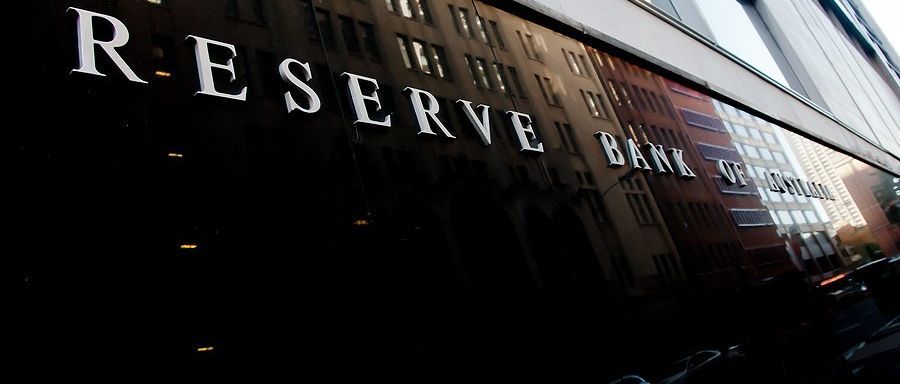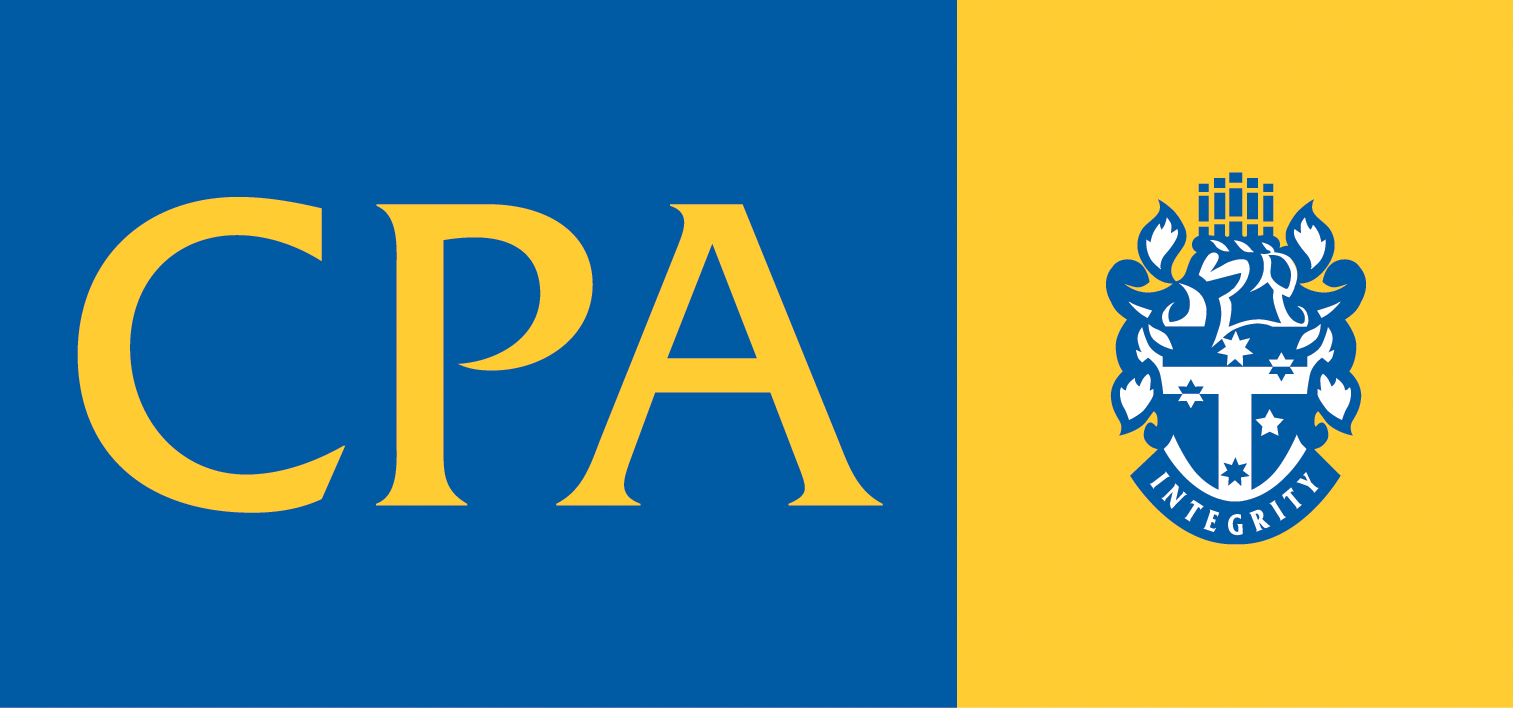Super Tax Shake-Up: Big Balances Beware
If your super balance is comfortably below $3 million, you can probably relax — the proposed changes to the super rules shouldn’t adversely affect you (yet). But if your super is nudging that level, or if you’re clearly over, the Treasurer’s latest announcement could change how you think about super’s generous tax breaks.
For some time now the Government has been planning to introduce targeted measures to reduce tax concessions for those with superannuation balances over $3 million. This has commonly been referred to as the Division 296 tax.
However, the Government has reworked the proposed new tax — part of the Better Targeted Superannuation Concessions (BTSC) policy — attempting to make it simpler, fairer, and more practical. After a wave of industry criticism, the revised version keeps the broad policy intent (reducing tax concessions for very large balances) but removes some of the more problematic features.
Let’s break down what’s changed and what it means for you.
What’s Changing — and Why It’s Simpler
The original 2023 proposal aimed to apply an extra 15% tax on “earnings” from super balances above $3 million. The big flaw? “Earnings” included unrealised gains — paper profits on assets like property or shares that hadn’t been sold. This meant some people could have owed tax on increases in value they hadn’t actually received in cash.
The reworked model drops unrealised gains from the equation entirely, taxing only realised earnings — actual income and capital gains when assets are sold. This makes the system far more practical and aligned with everyday tax rules. No more worrying about funding a tax bill on assets you haven’t sold.
A Fairer, Tiered Approach
The new rules introduce a two-tier system for high balances:
- Tier 1 ($3m–$10m): Extra 15% tax on earnings from this portion (making a total rate of 30%).
- Tier 2 (over $10m): Extra 25% tax on earnings above $10m (for a total rate of 40%).
Both thresholds will be indexed annually to inflation ($150,000 steps for the $3m tier and $500,000 for the $10m tier), which should prevent “bracket creep” over time. Importantly, the start date has been pushed back to 1 July 2026, with the first assessments expected in 2027–28. The Government estimates less than 0.5% of Australians will be affected at the $3m level, and fewer than 0.1% at the $10m mark.
What This Means in Practice
Here are a couple of examples from Treasury to help you get your head around this.
Consider Megan, who has a $4.5 million super balance split between an SMSF and an APRA fund. She earns $300,000 in realised income for the year within the super system. The super balance above $3m represents is one-third of the total balance, so she’ll pay $15,000 in additional Division 296 tax (15% × 33.33% × $300,000).
Emma, on the other hand, has $12.9 million in her SMSF and $840,000 in earnings. She pays 15% on the Tier 1 portion and an extra 10% on the Tier 2 portion—a total of around $115,000 in extra tax.
These examples show how the tax scales up progressively. The ATO will calculate each individual’s total super balance across all funds (SMSFs and APRA funds) and determine the proportionate amount of earnings to be taxed.
Why It’s Still Good News (for Most)
For many SMSF members, this update is a relief. By removing unrealised gains, it eliminates valuation headaches and liquidity pressures — particularly for those holding property or unlisted assets.
That said, individuals with super balances above $10m will face a higher overall rate (up to 40%), which may prompt a rethink of long-term strategies.
However, remember that updated legislation relating to this measure hasn’t been introduced to Parliament and things could change before the proposed rules become reality.
Low Income Superannuation Tax Offset
In addition to introducing the revamped Division 296 tax, the Government has announced that it will increase the Low Income Superannuation Tax Offset (LISTO) from $37,000 to $45,000 from 1 July 2027.
The maximum payment will also increase to $810.
Treasury estimates that the average increase in the LISTO payment will be $410 for affected workers.
What to Do Now
- Check your total super balance (TSB) now and project where it may be by 2026.
- Seek advice early — strategies like managing liquidity, reviewing asset allocations, and timing asset sales could make a real difference.
- Stay informed — draft legislation is expected in 2026. We’ll keep you updated through our newsletters.
Overall, the Government’s revised approach strikes a more balanced tone: fewer administrative headaches for most, but less generosity for the ultra-wealthy. If your balance is near or above $3 million, now’s the time to plan ahead — not panic.
Your future self (and your accountant) will thank you.








